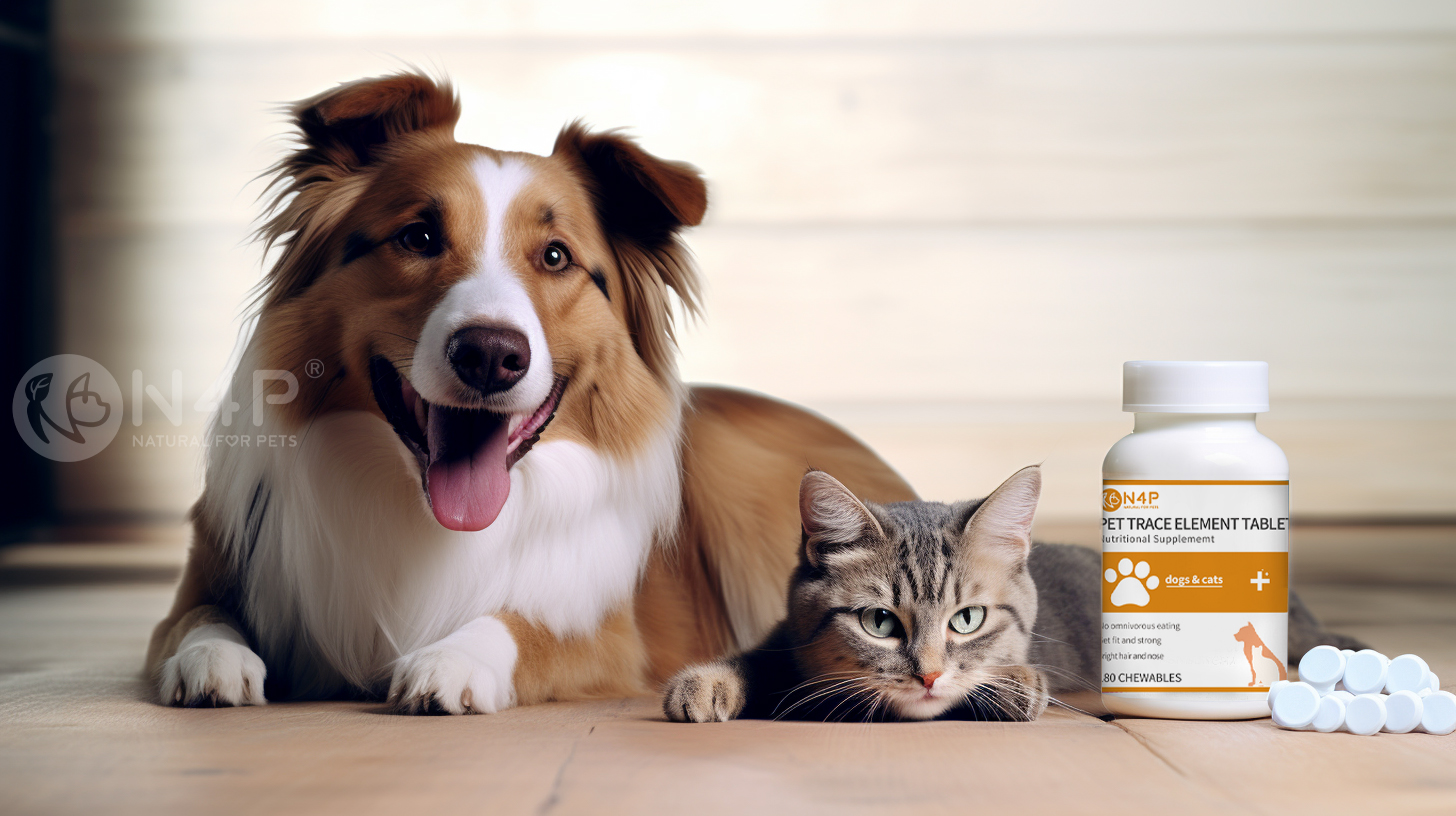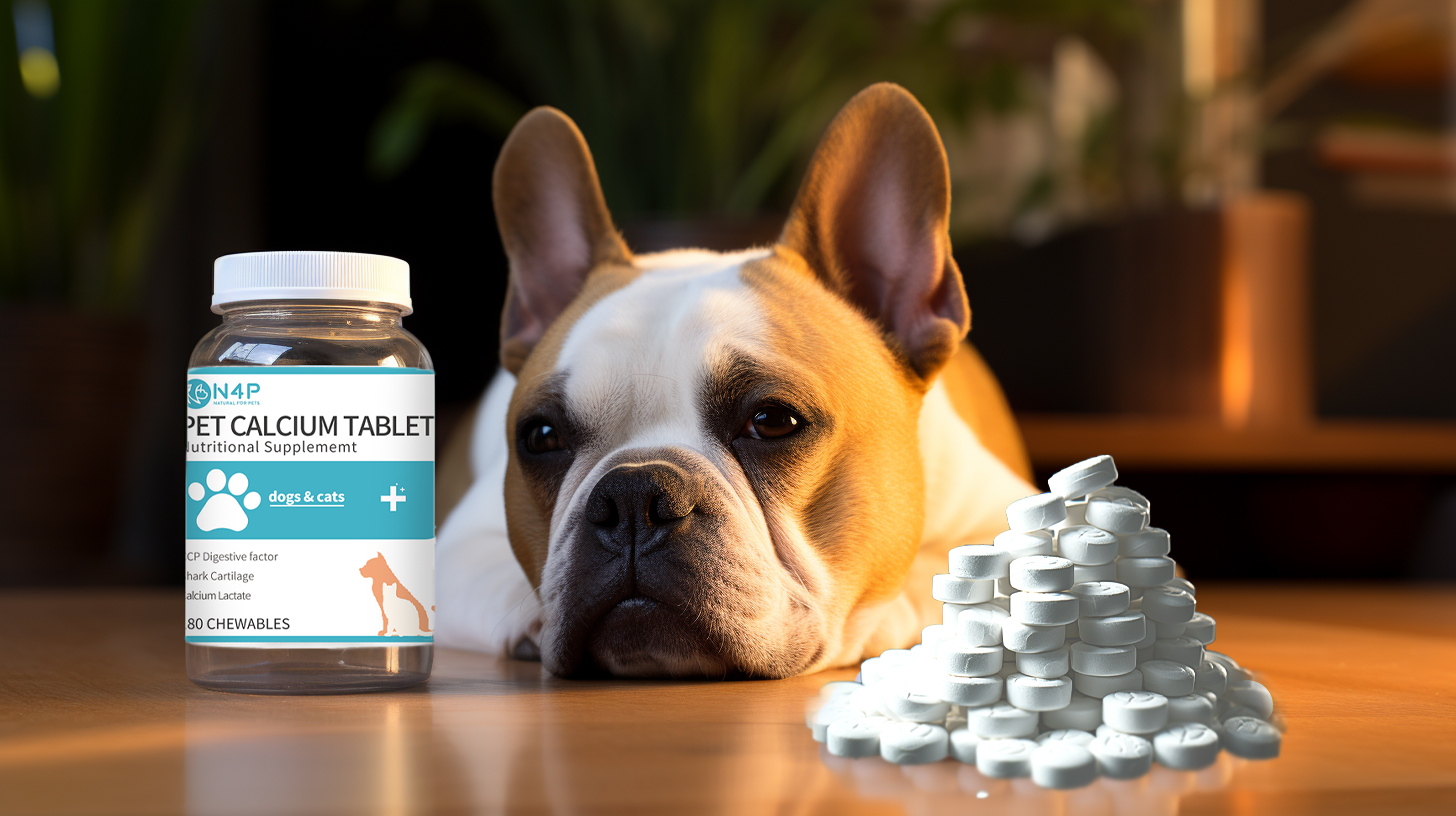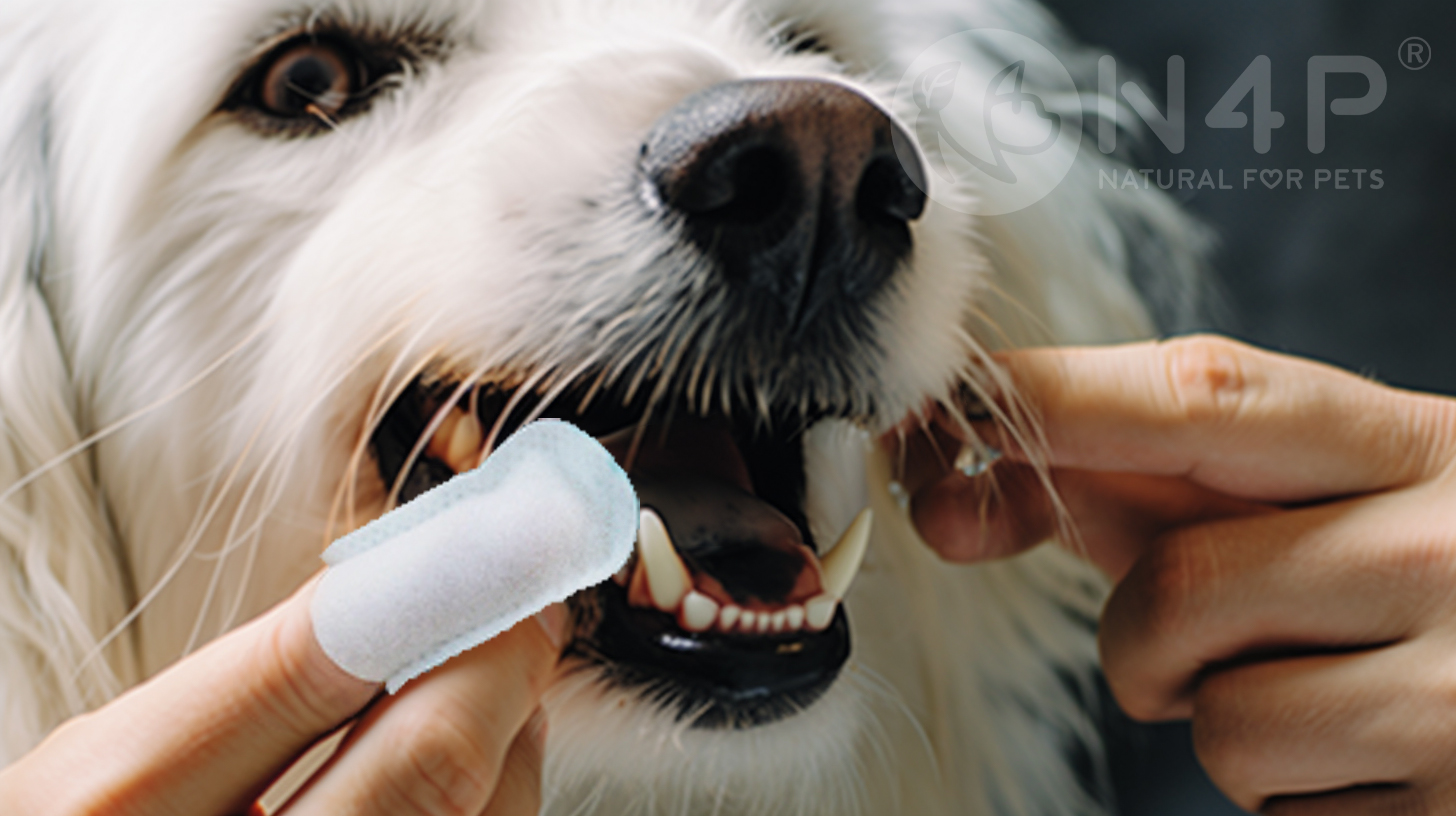Dog ID Tags: How to Keep Your Pup Safe With Identifying Info
One in three pets gets lost at some point in their lives. ![]()
By Sarah Gerrity Updated August 12, 2022 Advertisement Pin FB More Tweet Email Send Text Message Print 
puppy with ID tags Credit: Mark Whiffen / EyeEm / Getty
On This Page
- Why ID Tags Are Important
- What To Put On An ID Tag
- When Should You Get ID Tags?
- What Kind of Pet ID Tag Is Best?
- Where To Buy ID Tags
When it comes to bringing a furry friend into your family, one of the most important things you can do to keep your new peup safe is get their dog ID tags created and on their collar. Research shows that one in three pets get lost at some point in their lives, so it's on pet parents to take all of the preventative measures to keep their dogs safe just in case they lose their way.
Why Are Dog ID Tags So Important?
Emily Stoddard, founder of Canine Sports Dog Training and co-founder of the Midwest Working Dog Rescue, can't emphasize the importance of pet identification enough. "Tags are the sole identification that your dog wears," she notes. "If they were to slip the leash, [or escape the] door or yard, the best chance a dog has to getting back to its owner is a visible ID tag and the all-important microchip."
RELATED: The Do's and Don'ts of Catching a Lost or Scared Dog
Since our furry friends can't speak for themselves, a visible ID tag is the easiest and fastest way for you to be contacted in the event your dog loses his or her way. The same goes for cats, especially ones who spend time outdoors (though even indoor cats should have some type of ID just in case of an emergency). And, in the event that they lose their collar, a pet microchip serves as an important backup, so you can be contacted once your pup is found.
What to Put On Your Dog’s ID Tags?
In the event your pup gets lost, having some essential information on the tag can aid whoever finds your pet. Be sure to utilize the front and back of the tag to fit the most information possible. Here's what every dog tag should have:
- Your dog's name
- Your phone number
- Your address, or city if a full address doesn't fit
- Medical information, especially if your dog regularly takes medication
Stoddard also suggests including your veterinarian's number in case you don't pick up right away, or just in case your pup needs medical attention. Including your vet's information is especially helpful if your pup escaped while being looked after by a friend or boarding facility while you're on vacation. Stoddard points out that the vet "always has the pet owner's information and can usually accept the animal if you're out of town," or simply unavailable.
You may also consider including a line about your dog's behaviors, especially if they don't do well around other pets or children. A short phrase like "Hates cats" can help keep everyone safe if a stranger welcomes your pooch into their home while waiting for you to arrive.
When Should You Get ID Tags?
Pet identification tags should be one of the first things you do when you get a new pet—the sooner your pet has ID tags, the better! Since new pets especially won't know their way around the neighborhood or may be nervous and confused in their first few days in a new place, it's critical to get your pup's ID tags on their collar as soon as you bring him home.
RELATED: Pro Advice for Finding a Lost Cat (They May be Closer Than You Think)
Don't delay buying an ID tag until you've decided on a name for your pup, either. Your identifying information is just as important—if not more—than your pet's name on the tag, so be sure to pick one up with the rest of your new puppy supplies.
What Kind of Pet ID Tag Is Best?
You should always have your pet's ID tags personalized with your current contact information, and luckily, pet ID tags are pretty easy to come by.
The standard ID tags are made of metal or plastic and simply hang from the front of your dog's collar. Alternatively, you can have brass plate ID tags that are riveted directly onto your dog's collar, which is a great approach if you're not into the jingling noise that ID tags can make when your pup heads your way. If your pet isn't accepting of a collar, ask your vet or a pet behavior specialist about the best ways to gradually introduce them to one.
RELATED: Qalo's New Glow-in-the-Dark Dog ID Tag Is Perfect for Winter Walks
Additionally, veterinarians recommend inserting a microchip as a backup—this process is simple, safe, and can be conducted at any vet's office. A microchip is about the size of a grain of rice, and injected beneath the surface of your pet's skin, usually between the shoulder blades. According to one study from the Ohio State University, microchipped dogs were two-and-a-half times more likely to be returned to their owners when lost—well worth the cost to get the chip embedded.
GPS and Bluetooth-enabled tracking ID tags and smart collars are also rising in popularity, allowing pet parents to track a lost dog with their phones. While traditional ID tags and microchips help strangers identify a lost pet, tracking tags allow you to find a missing dog or cat before they can get far.
Where Can You Get Dog ID Tags?
Stoddard says that any big box pet store sells tags that pet parents can customize. "If you're into something more unique, you can find some really cool designs on Etsy or other specialty shops online," Stoddard says. She also highly recommends getting a collar made with the owner's information embroidered or printed directly on the collar for easy identification.
It's also helpful to pick up extra copies of your pet's ID tags—if you like to switch out your pup's collars every now and then, you can have tags on each collar (or simply remember to transfer your dog's ID tags every time you change their collar). Also be sure to order new tags any time your information changes. If you move or change your phone number, order new tags and as soon as you can to ensure the information on your pet's tags is accurate.
RELATED: Updated Your Pet's Microchip Contact Info Lately? It's Easy
No matter the age of your new canine companion, be sure to set up proper forms of identification as early as possible. It's always important to do everything you can to keep your pet from getting lost, but having visible ID tags is the fastest and easiest way to help your pet find its way back to you just in case they lose their way.







